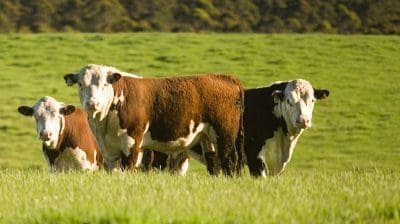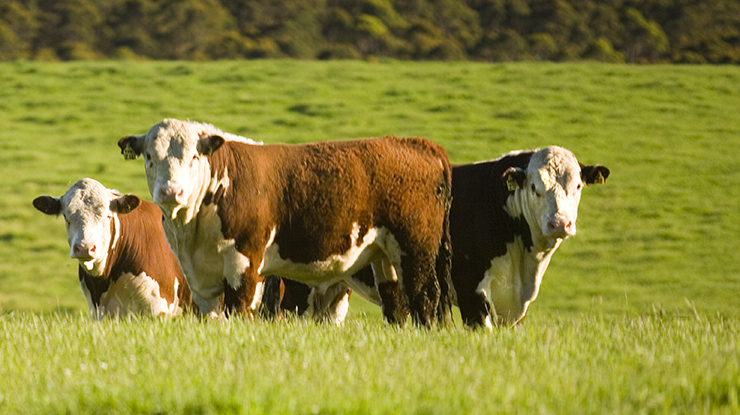A NEW $7.3 million research project launched in Armidale last week will ultimately enable beef producers to directly compare bulls of different breeds for a range of traits.
The five-year project Southern Multi Breed Project will enable the development of multi breed Breedplan Estimated Breeding Values (EBVs) for the Angus, Hereford, Shorthorn, Wagyu and Charolais breeds, and provide links to Brahmans.

The project is being run from six NSW Department of Primary Industry research stations and will allow data to be collected from cattle from varied climates throughout the State, from cool climates to the sub-tropics.
Data will be collected on a head-to-head basis allowing breed comparisons in common environments for a range of traits, including those traits currently included in BreedPlan but which are hard to measure, such as feed intake, carcase and mature cow traits.
The project is also collecting data on novel traits around fertility, such as heifer age at puberty and postpartum anoestrus or how long it takes a cow to re-breeding.
Importantly, for all of the breeds involved, we’re measuring those traits and genotyping a large number of highly recorded individuals from different breeds to enhance current reference populations. Quality reference populations are essential for us to be able to provide genomic EBVs for animals.
How will producers benefit?
Currently, it is not possible to compare EBVs from different breeds.
Developing a multi breed evaluation means producers looking to buy bulls will be able to select the right bull for their operation, irrespective of whether an animal is Angus, Hereford, Shorthorn, Wagyu or Charolais.
It will provide new data for the ongoing development of BreedPlan, including important datasets that provide genetic linkages between the breeds as well as the basis for DNA-based genomic prediction.
A multi breed evaluation will help achieve the objective of increasing the annual rate of genetic gain in the Australian commercial beef industry.
Importantly, the data the project generates will also be made available to the BreedPlan genetic evaluations for each of the individual breeds and help to continue improving accuracies of EBVs from those evaluations.
Improving animal production and health and performance through genetic management helps to create a sustainable, high performing industry at an overall lower cost to producers.
The project is being supported by MLA as an MLA Donor Company funded project, in collaboration with NSW DPI, and the University of New England. The project will be run by NSW DPI, UNE and the Animal Genetics and Breeding Unit.
The project came about through the National Livestock Genetics Consortium (NLGC), which has brought together a range of R&D organisations from across Australia to increase the rate of genetic progress in the beef and sheep industries.



